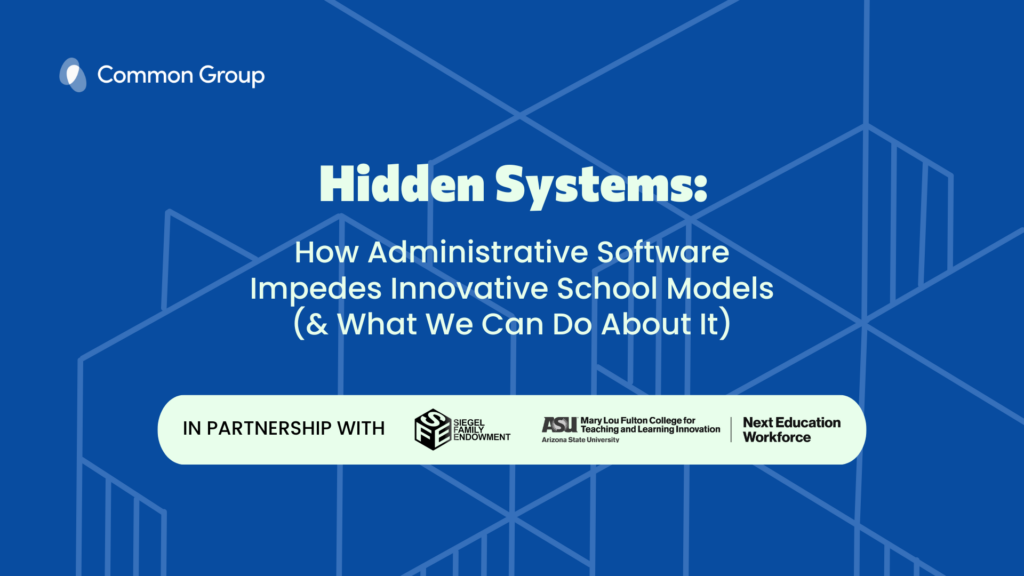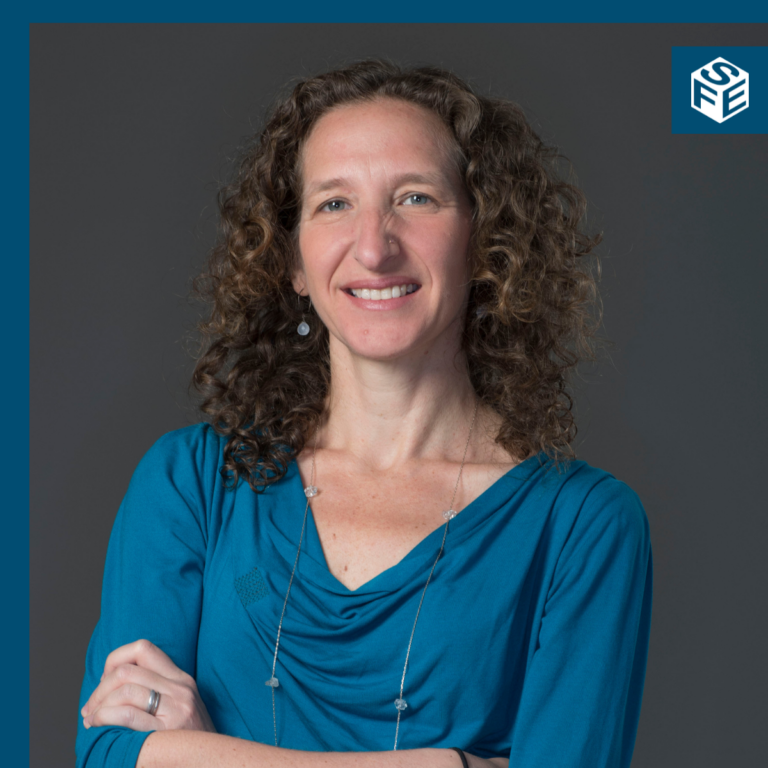
New Research Argues that Administrative Systems Are Making Innovation in K-12 School Models Harder—And Proposes a Way Forward
The typical American middle or high school student rotates from class-to-class, passing between classrooms on the bell. But what if instructors and resources moved to the student, depending on that student’s specific needs? Freed from the confines of the daily bell schedule, a student struggling with algebra might receive tutoring while another worked on an interdisciplinary project with support from teachers in the Visual Arts, English Language Arts, and History departments.
Why aren’t such innovative staffing models commonplace? A new research report issued by Common Group and the Next Education Workforce Initiative at Arizona State University (ASU) argues that one answer lies in the inflexibility of administrative software, a category that includes student information systems, human resource information systems, and enterprise resource planning tools.
We sat down with Brent Maddin of the Next Education Workforce Initiative at ASU, and George Vinton and Kelly Anguiano of Common Group to learn more about the role that administrative systems play in whether, when, and how schools choose to adopt innovative models; the ways in which these technological systems could be redesigned to help facilitate innovation; and the opportunities for both the supply side and the demand side of the market to develop solutions for making administrative systems in K-12 education more flexible.
Some people might be surprised to hear that administrative software used in K-12 software negatively impacts schools’ ability to innovate. Why did you decide to look into this issue?
Brent Maddin: As executive director of the Next Education Workforce Initiative at Arizona State University, I work arm-in-arm with schools and school systems to redesign staffing models. If you had asked me at the beginning of my seven years on this work what would be the top answer to what was limiting innovation in new school models, I would not have predicted that the underlying administrative software posed one of the biggest challenges. But that’s exactly what we heard from the school systems.
George Vinton: We were excited to partner with Brent’s team on this work because it’s exactly the type of gnarly, amorphous, ambiguous problem that we get really excited about at Common Group. We wanted to understand whether administrative software presented problems for the types of strategic school staffing models that Brent and his team work on, or for innovative school models more generally. We quickly found that current administrative software options were limiting for community schools, career-connected learning, and other types of innovative school models.
Kelly Anguiano: It’s also worth noting that challenges around administrative software are not solely anchored in the K-12 space; it transcends the educational journey. This work gives us new ways of looking at workforce education ecosystems, data systems, and higher education.
Let’s get into the details of your research. What exactly is administrative software? In what ways are these systems used?
GV: Administrative software is the software on which schools run. We’re not talking about instructional software for teaching and learning. This is the layer underneath that is invisible to many folks and includes a lot of different systems that are hopefully operating together.
- Student information systems (SISs) are the best known example of administrative software. SISs capture data relating to individual students and groups of students, and then enable the manipulation of that data for many different purposes—attendance, grades, health records, subject-based instructional minutes, etc. The data that relates to the student might be available to parents, teachers, and administrators at a school. It’s also being sent to state education data systems, which is critical for both compliance and getting paid.
- Human resource information systems capture data about the teachers and the staff of the school, rather than students.
- Enterprise resource planning tools (ERPs) manage the underlying financial structures of the school or district. ERPs contain data about accounts receivable, accounts payable, procurement processes, and other financial elements.
In some cases, these types of administrative software tools are bundled together, but in many cases, a school is running three distinct software packages: an SIS, an HR information system, and an ERP. These are big, unwieldy, and expensive systems. In addition, once you’ve invested in a particular system, it’s extremely difficult to switch, and the costs are very high.
Learning management systems (LMSs) share some traits with the types of administrative software systems I’ve described, but we decided not to include them in our analysis because LMSs also have elements of instructional technology. But certainly some of our findings—including the massive cost associated with switching to a new system—are true of LMSs as well.
These systems sound clunky and somewhat frustrating to use. But how do they actually stymie innovation in school models?
BM: Let’s get really concrete. Imagine a middle schooler who has a number of classes that they attend every day. The middle schooler has math first period, science second period, English Language Arts third period. All of this makes sense in a system designed around kids being in a room with a teacher at a given period of time. If it’s nine o’clock in the morning, the kid is supposed to be in second period science. If the kid has a dentist appointment during second period, the front office would call the second period science teacher to get them because the front office knows that the kid is in that room at that time.
This becomes a lot more difficult if you change the normative structure of schooling. For example, let’s say you want to create a schedule where the kids move more fluidly across a team of educators depending on their learning needs. Some of our schools have turned off the bells. What used to be four periods is now one block of time. Those middle school students might be anywhere across four teachers’ rooms, working on an interdisciplinary project. Or they might be getting extra help in math.
In that model, the simple act of taking attendance becomes much more complicated because the system thinks that a kid needs to be in a particular set of four walls during this particular period of time. We’ve built and architected entire systems with that general normative structure in mind.
And this is not a far-fetched example. We’re finding that teachers want to work together and design interdisciplinary collaborative units, but it is just such a pain in the neck to take attendance. There’s a whole chain reaction where the school is telling the teachers to turn in their attendance, and the state, in turn, is giving the school less money because the attendance data doesn’t reflect the fact that students were at school. The cascading set of effects is actually quite large.
GV: And we see similar issues play out in other innovative school models. For example, work-based learning, dual enrollment, and apprenticeships all pose similar challenges: How do we account for a student’s time and learning when we’re not adhering to the “normative” model? And what do we do when the cost of switching software systems is so high that school leaders would prefer to avoid that at all costs?
How did you design a study to examine these issues? Tell me more about what you learned.
GV: First, we wanted to know whether administrative software presented real obstacles to schools innovating. We spoke with 40 leaders—both in schools and districts—as well as researchers and practitioners studying innovative school models. The answer conclusively was, “Yes, administrative systems present a serious obstacle.”
KA: The research consisted of user interviews that George described. From those interviews, we created journey maps of what district and school leaders with innovative school models were doing to work within their administrative software and/or to work outside of it. That journey mapping work helps us understand the challenges and points of decision-making with administrative software.
GV: From that journey mapping, we surfaced a few problems. First, the systems didn’t allow administrators to gather the right data when they implemented an innovative model. That is important from a regulation and from a funding standpoint. If you can’t track where a student is and what they’re doing, how do you know if they received enough instructional minutes, for example? That can lead to major issues as an educational leader.
The second problem was that administrative systems frequently got in the way of instructional leaders’ ability to fully implement the innovative model with fidelity. They learned that they kept hitting friction points, such as the example mentioned earlier. As a result, existing administrative systems slowed down or prevented the implementation of a given piece of the innovative school model.
The final piece is that when you’re launching an innovation that isn’t supported by your current systems, you have to start working across different systems. You have to start pulling data from one place to another. All of the technology leaders we spoke to said that kind of data transfer creates both administrative headaches, but more importantly, serious cybersecurity risks, even if they’re using de-identified student information.
To what extent are schools forgoing implementation of innovative models because of the problems you’ve identified with administrative software?
GV: Early adopters like the ones that Brent and his team at the Next Education Workforce Initiative work with are moving full steam ahead. But as we move from the early adopters to others, the administrative software is a huge impediment.
BM: If you think about Rogers’ Diffusion of Innovations, you hit a chasm when you move from early adopters to the early majority and late majority. That’s where we are right now with strategic school staffing models.
GV: That’s where these administrative software problems become actually quite disabling. From that group, we hear, “We can’t roll that innovation across all of our schools until we solve this problem.”
The innovation adoption lifecycle as first theorized by Everett M. Rogers in Diffusions of Innovations (1962)
What changes need to be made to administrative software systems for the early majority to adopt innovative school models? What stands in the way of making those changes?
GV: We found that the critical underlying issue with existing systems is the inflexibility of data structures. Data structures are not well-matched to the needs of innovative school models. There’s nowhere to capture the data, no way to organize the data, and no way to make decisions based on new streams of data when we’re implementing non-normative models of schooling.
It’s quite challenging to make changes to these systems to accommodate new data structures, and in some cases, impossible based on the specific data set or software system. These are highly-regulated data repositories, and they need to be secure. Plus, the data needs to fit into state data systems that prescribe categories. And when innovative leaders adopt workarounds, it creates problems in the data itself. There’s much more likelihood of getting data wrong and it’s hard to track everything across platforms.
A related frustration is that school systems aren’t able to influence technology providers’ products in a direction that works for them. The market is very concentrated, with a few big players with large market shares. There isn’t much incentive for providers to listen to schools’ needs or implement major change requests.
Given these challenges, what opportunities exist to better align the services of administrative software to the needs of innovative school models?
GV: There are real challenges with the administrative software itself, but we also heard district technology leaders say, “If you know your stuff and have a strong drive and resources behind you, you can get your existing administrative software providers to do better and to meet you where you are.” So the first “solution exploration” in our report is to figure out how to build school system capacity around administrative software. That might include developing a set of criteria that can help district leaders identify gaps between the model they’d like to adopt and what their administrative software is capable of.
Alongside this, we need to invest in building resources, training, and perhaps providing consultant capacity from those who are experts in these administrative and software systems to advise and help navigate the challenges before they come up.
Long-term, we need to help school systems compare different administrative software providers to determine which product is actually the best fit for their situation. That way, when their contract is up, they won’t automatically go with the incumbent if there’s something better for their needs or if they can push their incumbent to introduce features that competitors might have. Industry standards and benchmarks could go a long way toward helping school systems advocate for themselves. We believe this could help to “de-risk the shift” from one software system to another for busy school leaders.
KA: We want to empower districts and schools to make sure that they are driving
those resources and software tooling within their schools versus simply being recipients of what’s out there. We want district and school leaders to know that they can question, that they don’t have to expect challenges with administrative software—they have agency.
BM: If schools can advocate for these changes early on—before they adopt innovative models—we’re much more likely to move forward on the diffusion of innovations. The Next Education Workforce team has a lot of data from the early adopters about what works, what doesn’t, and what types of data feeds we need. That makes it much easier to create some sort of a checklist for schools to use as they begin to implement an innovative model. Once schools are more aware of the constraints of the software and the possibilities for addressing those challenges, they’re better able to adopt innovative models.
What opportunities are there for schools to band together to advocate for greater flexibility for innovative school models in administrative systems?
GV: We definitely need to see collective action here. Our second solution area is about growing the influence of school systems with software providers. There are purchasing cooperatives or consortia that are banding together to buy edtech and administrative software systems at better rates.
These groups can be a really powerful lever because they are already at the table with technology providers. Consortia can be a powerful voice in setting standards for administrative systems and carrying them through so that this can be more of a part of the procurement process upfront.
There’s also an opportunity to bake responsiveness and agility into contract structures. Innovative school models are evolving all the time and it’s hard to predict exactly what we’re going to need. We really need technology providers to be responsive over the long term, to be agile, to make changes when they’re requested.. So, in addition to purchasing cooperatives, we believe outcomes-based contracts for administrative software could align the interests of school systems and technology providers.
We’ve talked about solutions on the demand side. What solution areas do you recommend on the supply side of things?
GV: Well, on the one hand, there’s an opportunity for more “point solutions,” that is, solutions that deal with very specific problems. For example, there’s a tool called Timely that is designed to help schools build a better master schedule with less effort.
Point solutions ideally plug into the student information system and/or the HR information system to do a specific job; they’re not trying to do everything. They do this one thing very well. We need to identify where there are new point solutions necessary and encourage investors to support these types of solutions.
At the same time, if we only do that, school systems will be overwhelmed with all of these different point solutions that are impossible to keep track of. Many districts have dozens of tools in place already across the instructional and administrative tech stack. And so just adding many point solutions isn’t ideal longer term.
Given that, we think that there’s an opportunity to reimagine the administrative software itself. We need to figure out what we actually want from a student information system. Is it a flexible data repository that allows schools to track and interact with data in entirely new ways, unconstrained by legacy technology systems? What role can AI play in both structuring and making sense of the data?? How do we move to the Third Horizon of student information systems to create flexibility of data and allow us to interact with that data in lots of different ways without having to build point solutions?
What are your next steps as you work toward some of the solutions that you’ve identified?
GV: We started that conversation about how we might reimagine administrative software to serve innovative school models at the ASU+GSV conference. Common Group is not the right group to build the tech but we feel we’re the right team to gather up the needs of users and to distill those needs into something that can be designed into products going forward.
Tech is ultimately not going to move the needle on innovative school models that drive educational outcomes. But tech has to be an enabling force, not a disabling one. We need to figure out how to accelerate the scale of the models that Brent and others are developing and turn that into something that new and existing tech providers can design around.
KA: We also hope that our report and our session at ASU+GSV will spur funders in this space to start to center the need for change in administrative systems in their current and future investments. That paradigm shift for funders is really important if we are to drive innovative school models forward.
###
Brent Maddin is executive director at the Next Education Workforce Initiative and Professor of Practice at the Mary Lou Fulton College for Teaching and Learning Innovation at Arizona State University. George Vinton is Founder and CEO at Common Group. Kelly Anguiano is Program Director at Common Group. Maddin, Vinton, and Anguiano collaborated on a newly-released report about how administrative systems are impeding innovative school model implementations.





